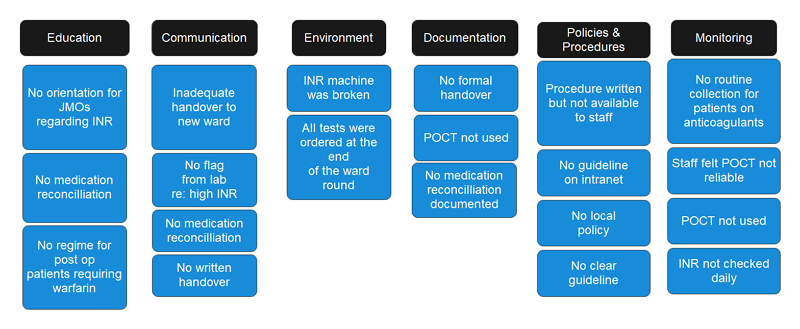

How to Create an Affinity DiagramĬreating an affinity diagram is very simple: Step 1: Create a boardġ. This grouping takes place as the maker of the map reviews each piece of information on the board and moves similar data points closer together.Īffinity diagrams are used to discover insights or patterns you aren’t already aware of, while MindMaps are used to communicate ideas, concepts or processes you already know about. For example, you might use a mindmap to explain the types of user research methods.Īffinity maps on the other hand, are visualizations of data where information is grouped based on underlying themes. Mind maps are used to organize information or processes you already understand. They are generally more organized in nature and allow for communication of complex ideas. Mind mapping uses diagrams to visually organize information, thoughts, and ideas. Mind mapping and affinity diagrams are two different methods of visualizing information-both can be useful in different situations.

This is inherently a collaborative space where multiple people can “act” on the data. Affinity mapping usually takes place on whiteboards (digital or otherwise). This way you can visually keep track of the notes you’ve already covered, and which are pending. You can review each note together and move Post-Its as you resolve them into clusters. If you’re working with a team member on research synthesis, affinity maps can be really helpful to sift through data together. When you’re collaborating with others to uncover insights.Affinity diagrams are a really handy tool in this case, especially if you’re a visual person, to help you sift through the noise and discover patterns. 10s of notes start piling up and you’re suddenly struggling to see straight. Often during user research, you’ll uncover a ton of data points. There are a couple of times when affinity diagrams are particularly handy: The affinity diagram is a tool to identify common themes and patterns, prioritize issues, and generate innovative solutions. If two separate notes are talking about the theme of “lack of time” for example, you might bring those closer to each other on your whiteboard or Miroboard.Īs you sift through all your data points, you start to bring notes that talk about similar topics closer to each other until a clear cluster or “theme” emerges. You then review each of these data points and cluster them based on commonalities you see. While affinity mapping, you typically start with a large volume of data (tons of notes from user interviews for example). It’s the act of clustering or grouping similar data points together so you can identify underlying patterns. What is affinity mapping?Īffinity mapping is a technique to help you find patterns in large amounts of data. You create an affinity diagram via the process of affinity mapping. If you’re more digitally inclined, your affinity diagram might look like virtual stickies on a Miro or FigJam board. They are often used to discover insights from raw information and make decisions based on those insights.įor old school folks, affinity diagrams involve physical Post-Its grouped into clusters on a whiteboard or wall. Affinity diagrams, sometimes referred to as affinity maps or the KJ approach, promote good decision-making and teamwork.


 0 kommentar(er)
0 kommentar(er)
